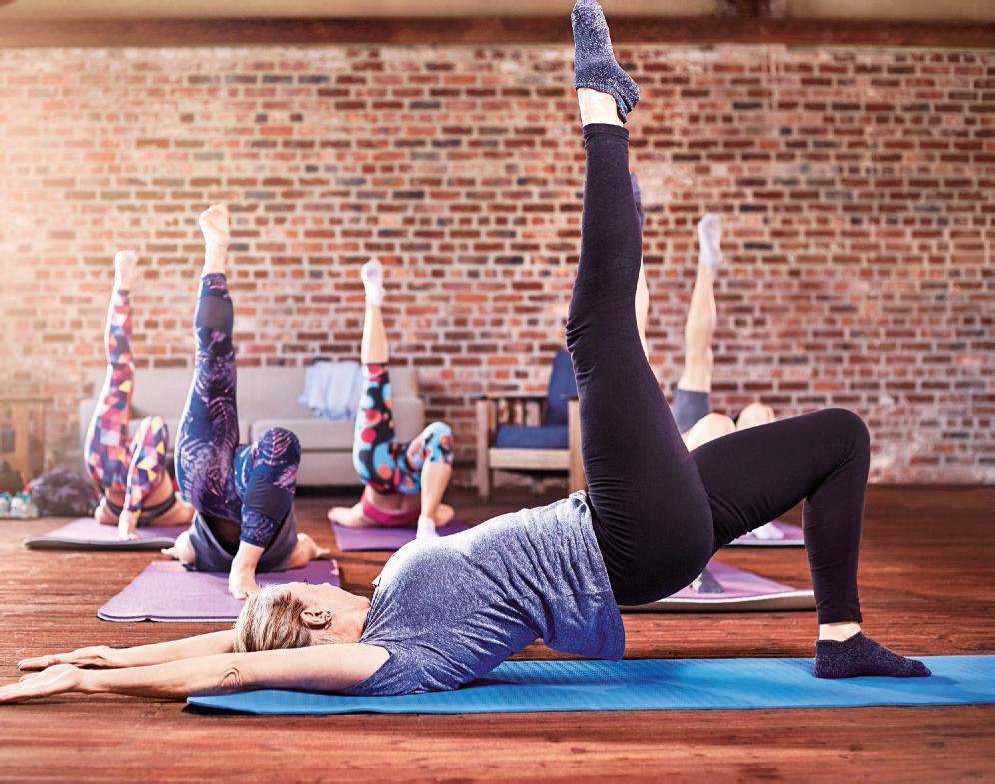WORDS BY KATHRYN BLUNDELL

Photograph Getty
There is a noticeboard. Stuck with a riot of children’s drawings, overlaid with adverts for old-folks’ lunches and playgroups, party entertainers and yoga classes. Traces of glitter spot the parquet looring and, on one bare-brick wall, a plaque marks the occasion of the hall’s opening by an obscure royal. As a clock strikes seven, a group of people, young and old, large and small,file in through the studded oak doors, stopping to chat as shoes are kicked into corners and mats rolled out.
Up and down the country, every day of the week, people head to community spaces to work out, and while the locations might be low-tech and low-glam – there’s no luxury shower gel (and no showers to use it in anyway), no smoothie bar, no associated workout wear available to buy – there’s something these classes do offer that make them genuinely life-changing, in many ways.
‘This is the first class I’ve come to that I’ve actually stuck with,’ says Emma Bray, 38, who’s been going to her Pilates sessions at various church and school halls in Liverpool for five years. ‘I wasted a fortune on gym memberships I didn’t use, and it wasn’t until I came here with a neighbour that I realised it was the gym itself – the crowds, not having a regular instructor or people to connect with – that was so of-putting. This is friendly, and I feel looked after.’ Although the gym industry continues to grow, so too do the numbers of people paying up but not turning up. On average, we spend £47 a month on gym membership alone – without the often additional expense of joining fees and classes – and 11 per cent of us, despite this cost, haven’t set foot in the gym for a year, with 21 per cent visiting their gyms three times a year. That’s a lot of people who want to get it but aren’t quite making it.